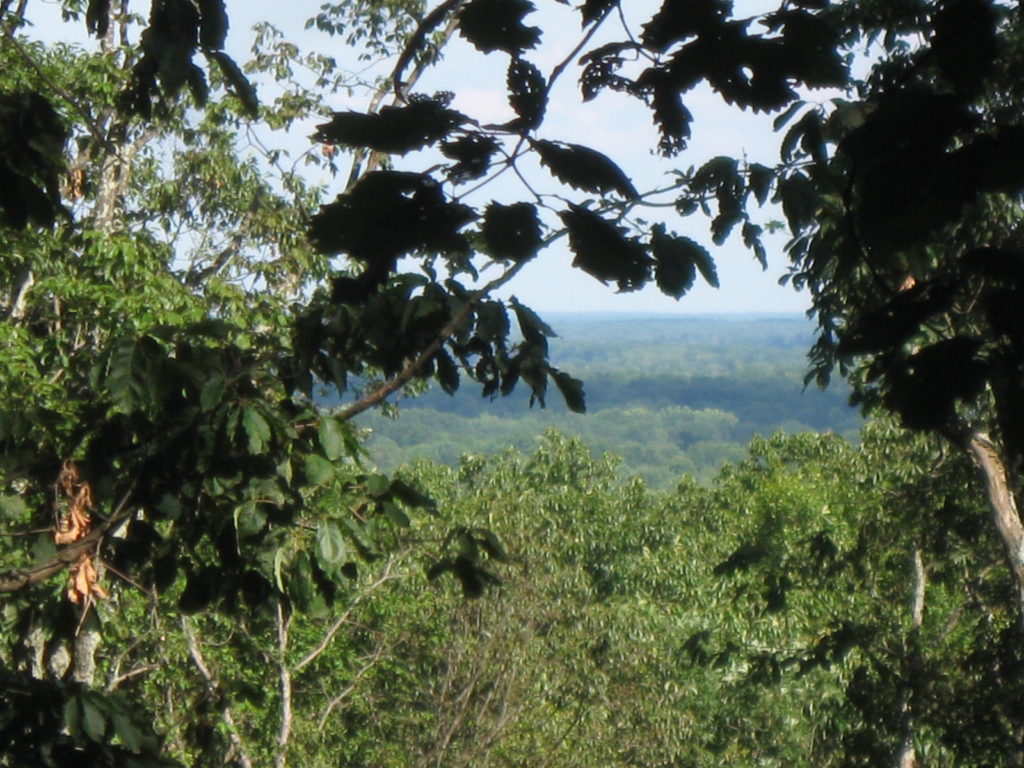
Lawson Hill Farm has lots of trees. The majority of our land is forest containing five species of oak, plus hickory, maple, ash and other hardwoods. We love our woods and its old wagon roads that gave access to the late 19th and early 20th century travelers. We have added walking trails that allow us to enjoy the beauty of the woods in all seasons. But if you visit our woods today, you will see major changes. We have been harvesting trees.
This story begins a couple of years ago, when the local taxing agency changed the status of our property from agricultural to residential. Our taxes soared. When it became clear that we couldn’t win this battle, we placed the majority of the woods in Indiana’s classified forest program. This program was put in place in the 1920s to help stem the loss of forest land in the state. It requires the owner to enter in to a forest improvement plan in return for a $1 an acre tax rate.
There are restrictions for how the land can be used, but those matched our own ideas. The first task was, with the aid of a State Forester and a private forestry consultant, to develop a five year improvement plan. That plan included the selective harvesting of trees, clearing of undergrowth in the timbered area and improvements in the trails. The result of all this planning was a contract for the harvesting of approximately 200 trees that has been underway for the past 6 months.

The decision to cut trees was difficult for us. But a few trips through the woods with the consultants helped us understand how removing a small number of trees could help us take care of those that remained. They showed us that our forest was in decline and a drought in 2012 had damaged many of the older trees. Still it wasn’t easy to thing about the mess we would be living with for the next several years.
Hiring a professional consultant was critical. He found us a timber company whose owner understood our concerns and who did his best to meet our demands. The trees have been removed and the cleanup has begun. Timbering results in a woods that is littered with tree tops, broken trees and other collateral damage. The tree tops are to be left to rot and enrich the forest floor. We have grown accustom to the scene.
Our trails have been improved and we know that minimal damage was done to the woods. On average only 3 or 4 trees per acre were removed, and as the picture at the top shows, this hasn’t made a large difference in our canopy. Overall, we believe it was the right decision and will help the woods survive another century.
On your next visit, we hope you will come take a walk in the woods with us.